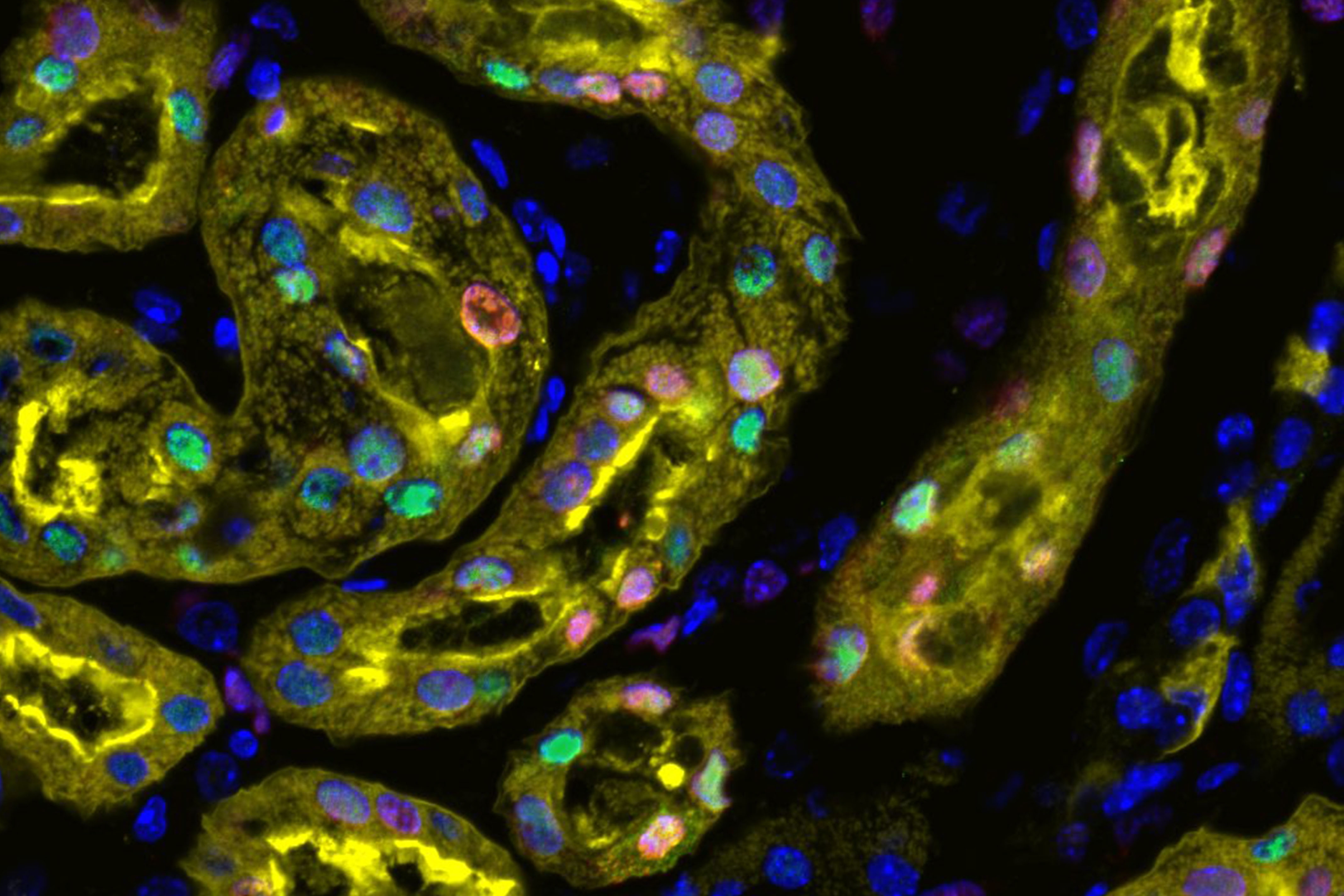In the kidney, injured cells can be kicked into reparative mode by a gene called Sox9, according to a new paper published in Cell Reports.
First author Sanjeev Kumar, MD, PhD, a postdoctoral research associate in the USC Stem Cell laboratory of Andy McMahon, PhD, found that surviving injured cells switch on the Sox9 gene as a response to kidney damage. This regenerates the injured cellular lining of the nephron, the functional unit of the kidney, and repairs the kidney after acute kidney injury (AKI).
By recruiting the majority of the surviving cells of the epithelium to aid in the timely repair of a severely injured organ, the kidney’s Sox9 strategy contrasts with the stem cell-based repair strategy of many other organ systems.
“Currently, no treatment exists to treat AKI per se. Identifying the kidney’s intrinsic mechanisms of repair is critical for developing treatments to kick start the kidneys after AKI, a serious condition with an in-hospital mortality rate exceeding 50 percent,” Kumar said.
In sections of the kidney that fail to repair, Sox9 remains activated, demarcating regions of inefficient repair responses. Further interrogation of such regions could provide a crucial link between AKI and its transition to chronic and end-stage kidney disease.
Sox9 also plays a key role in the normal development of the kidney.
Additional co-authors include Jing Liu, PhD, Paul Pang, A. Michaela Krautzberger, DVM, PhD, and Andy McMahon, PhD, FRS, from USC and researchers at the Centre de Biochimie in Nice, France, Gifu University in Japan and Harvard Medical School.
— Cristy Lytal


